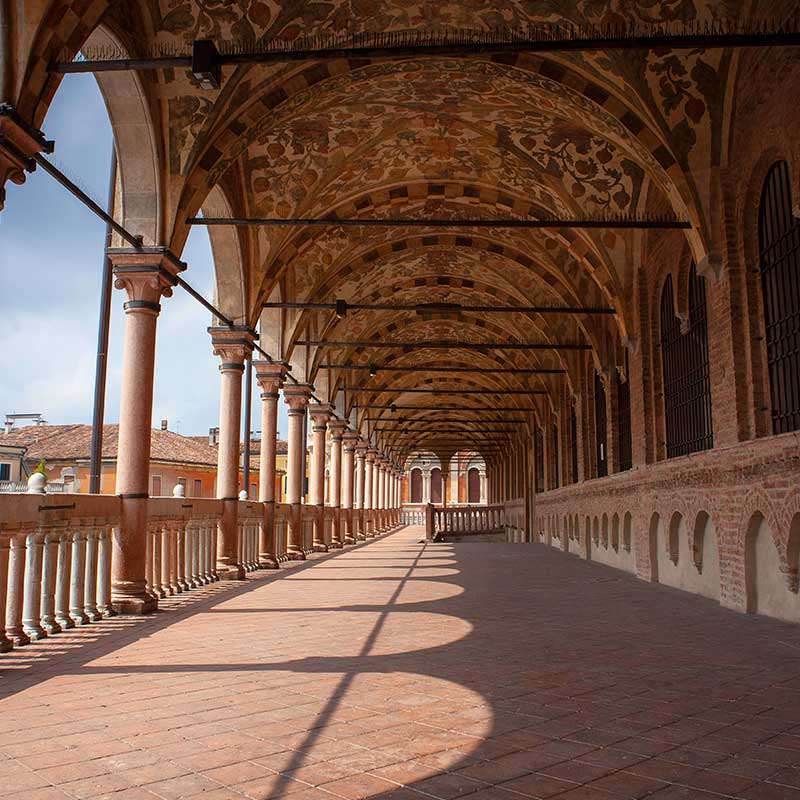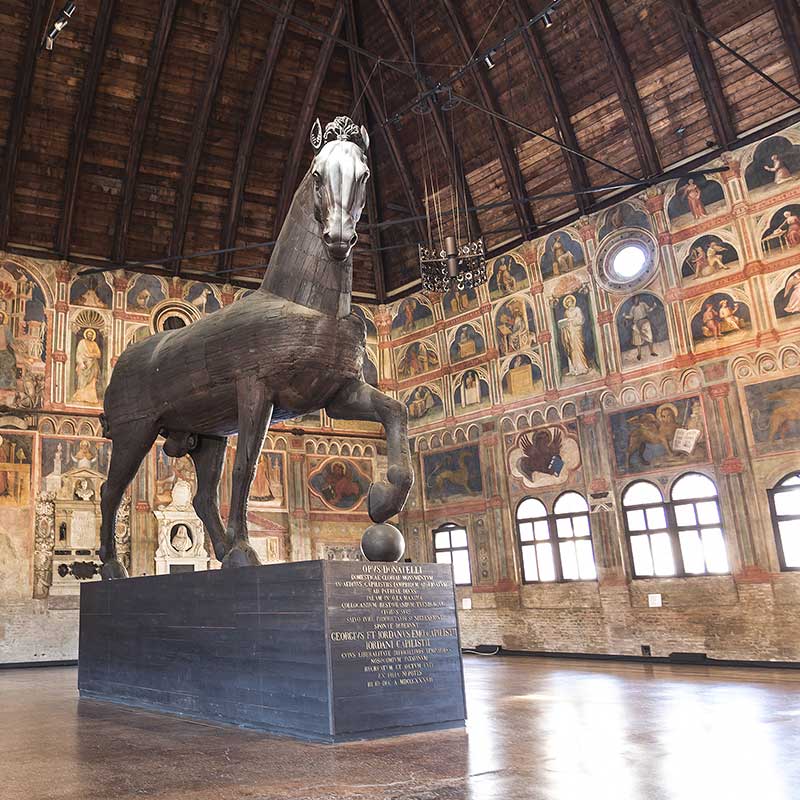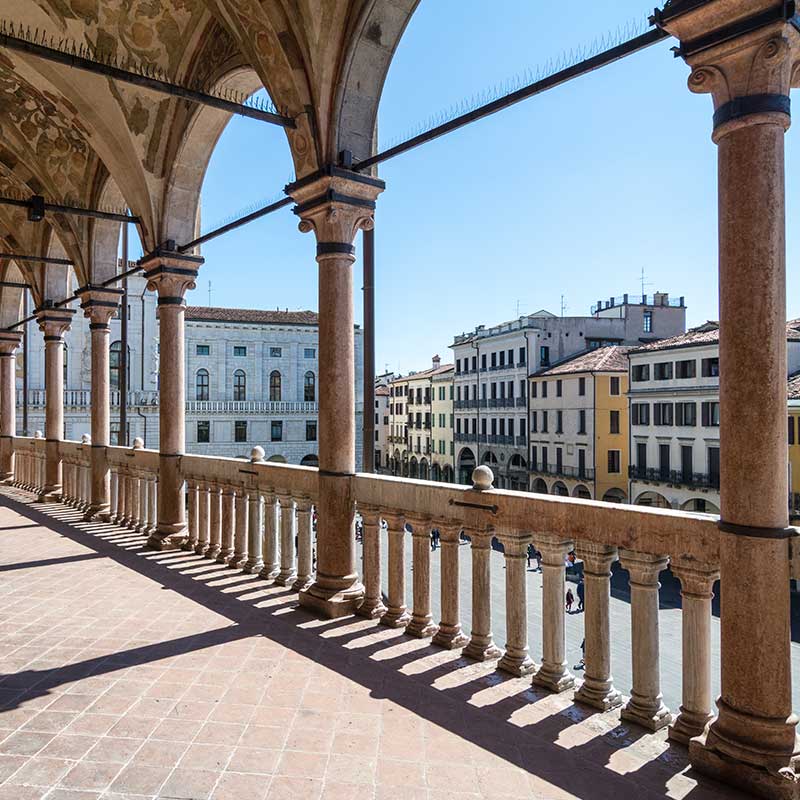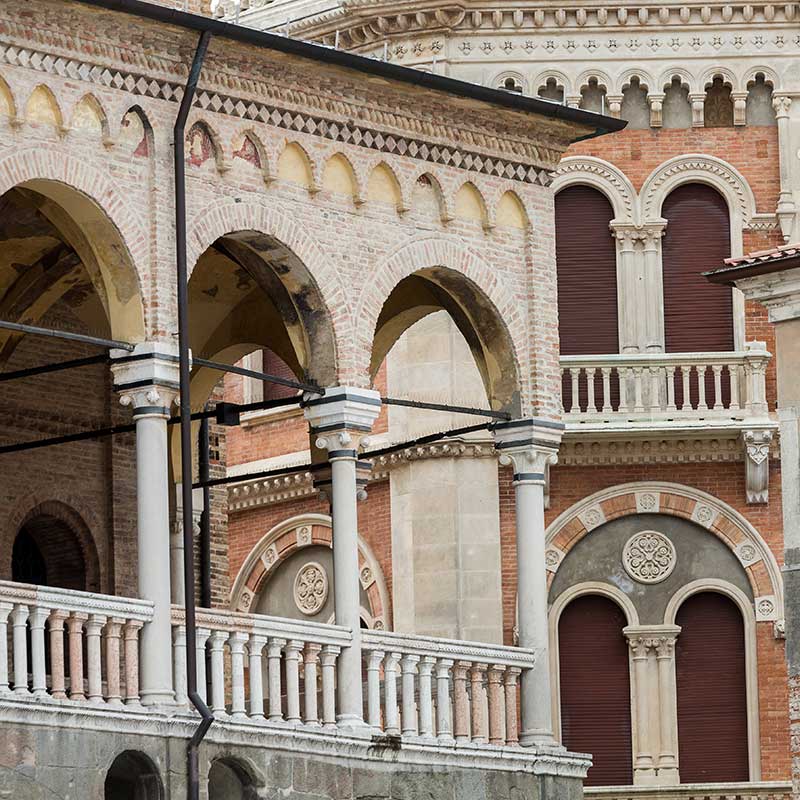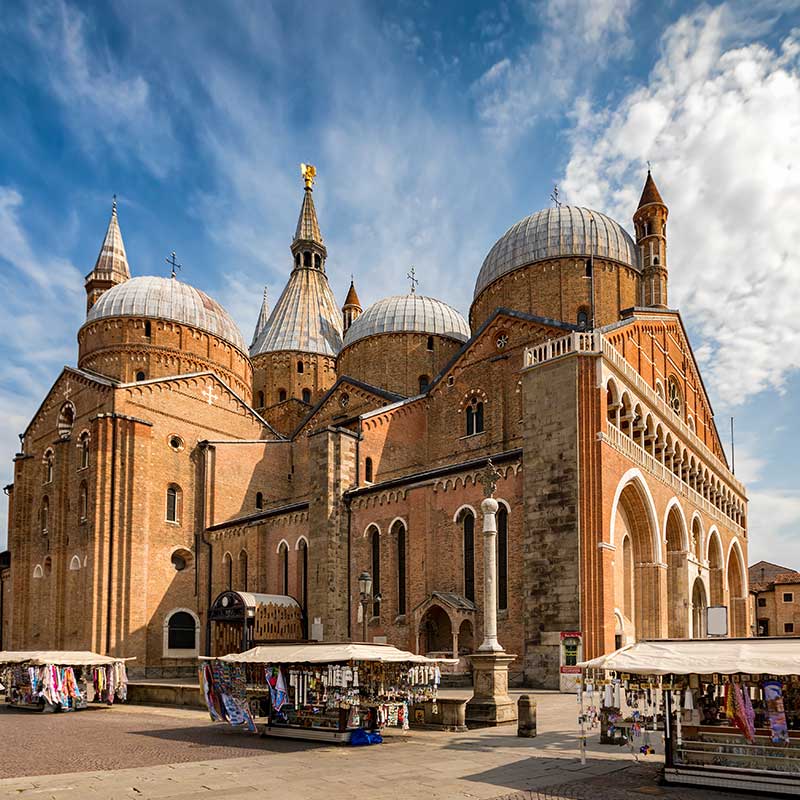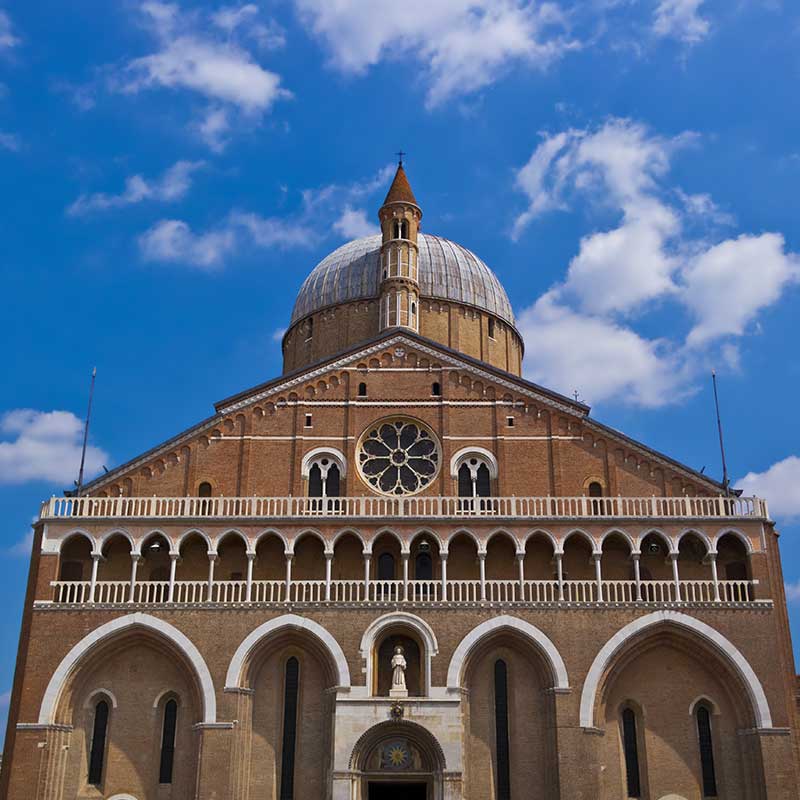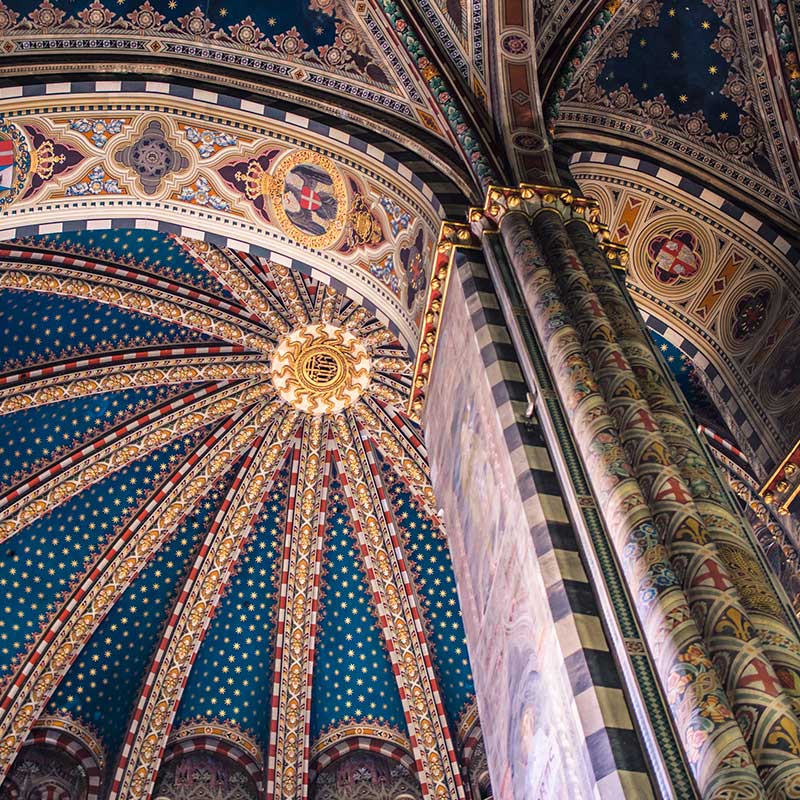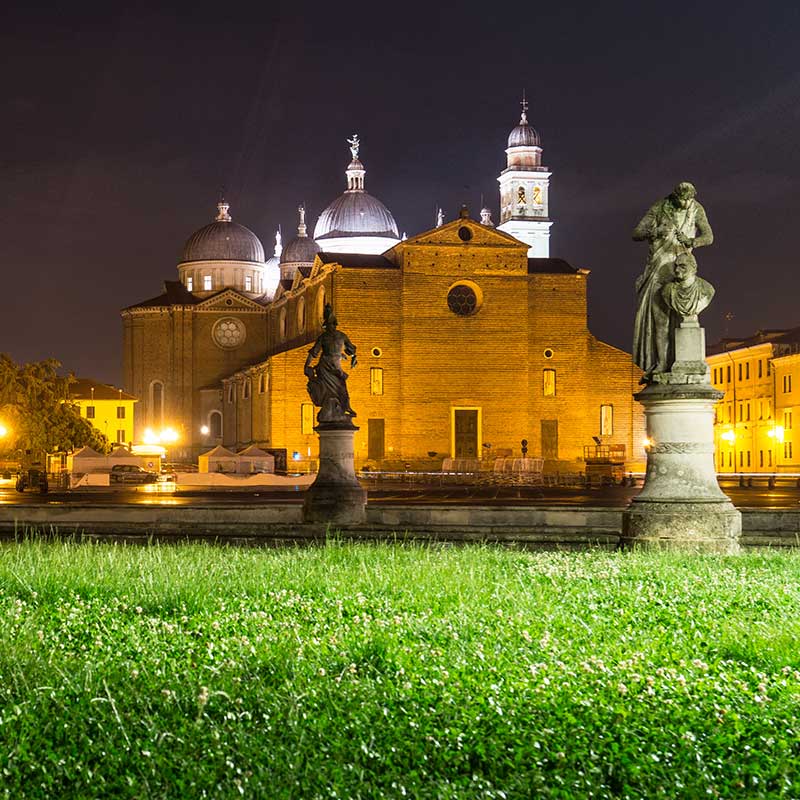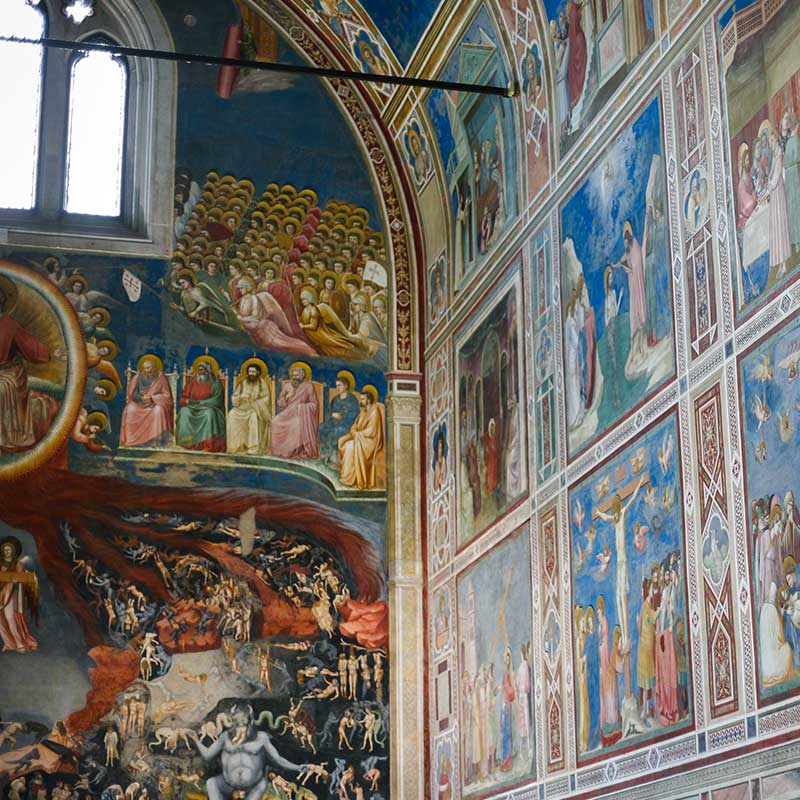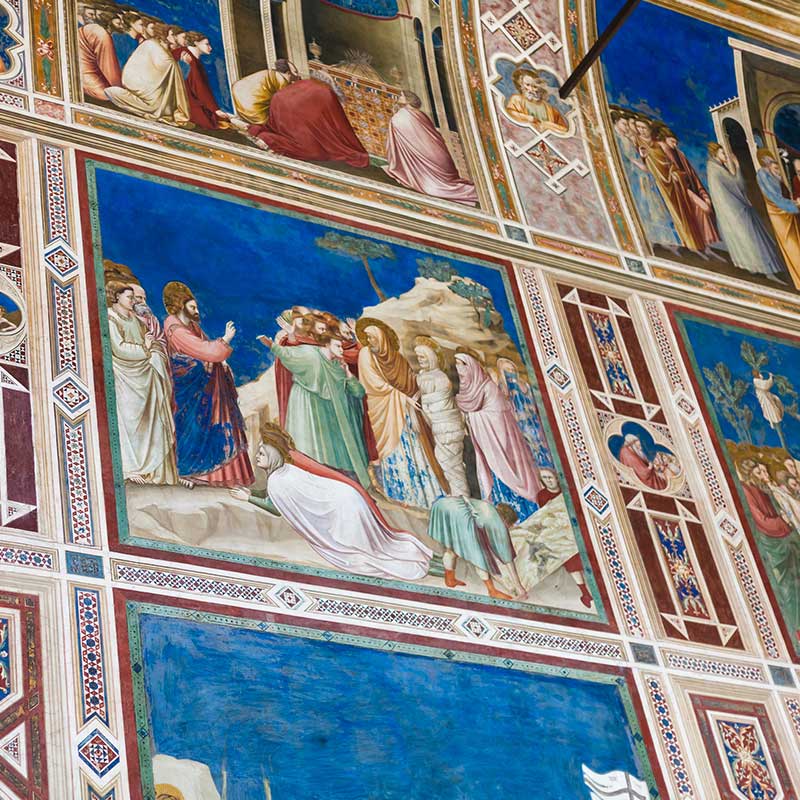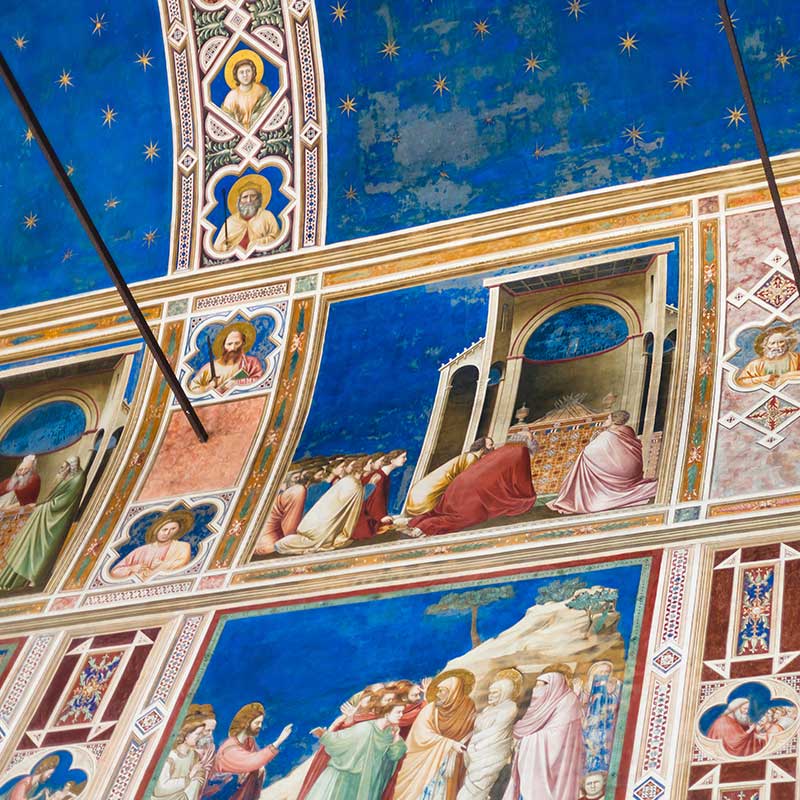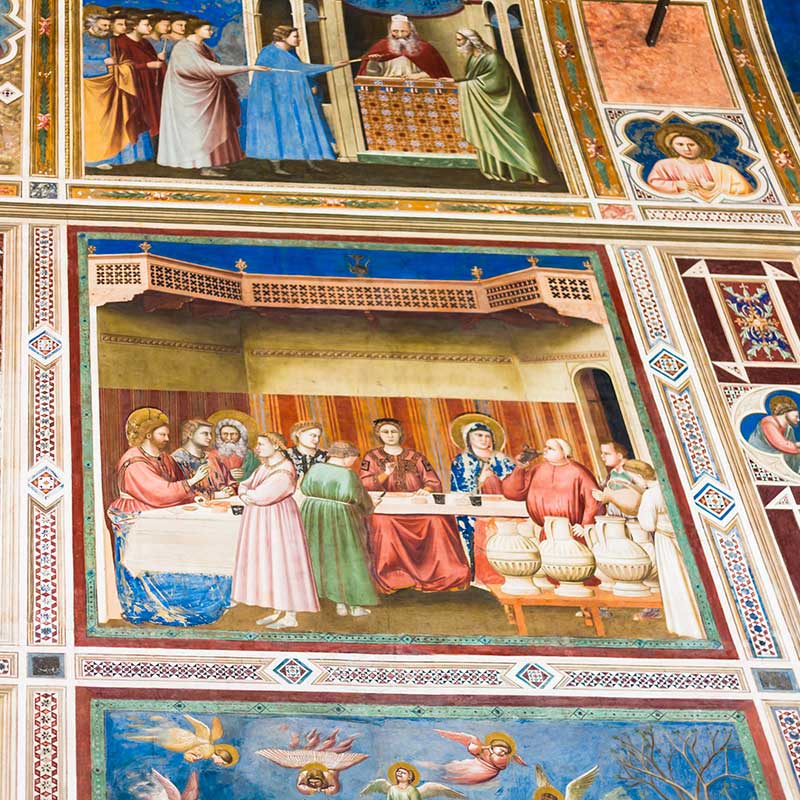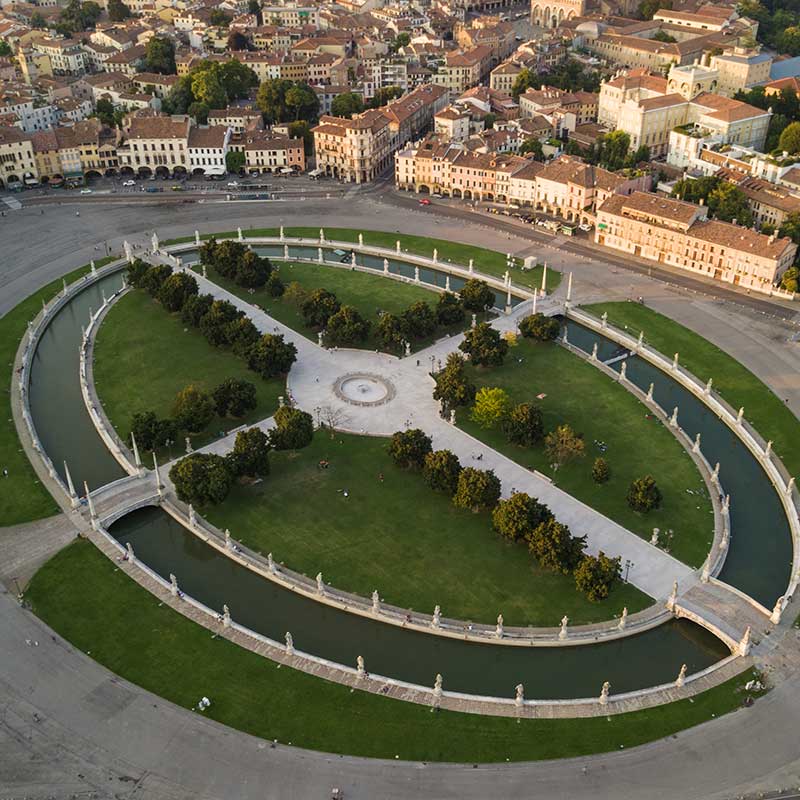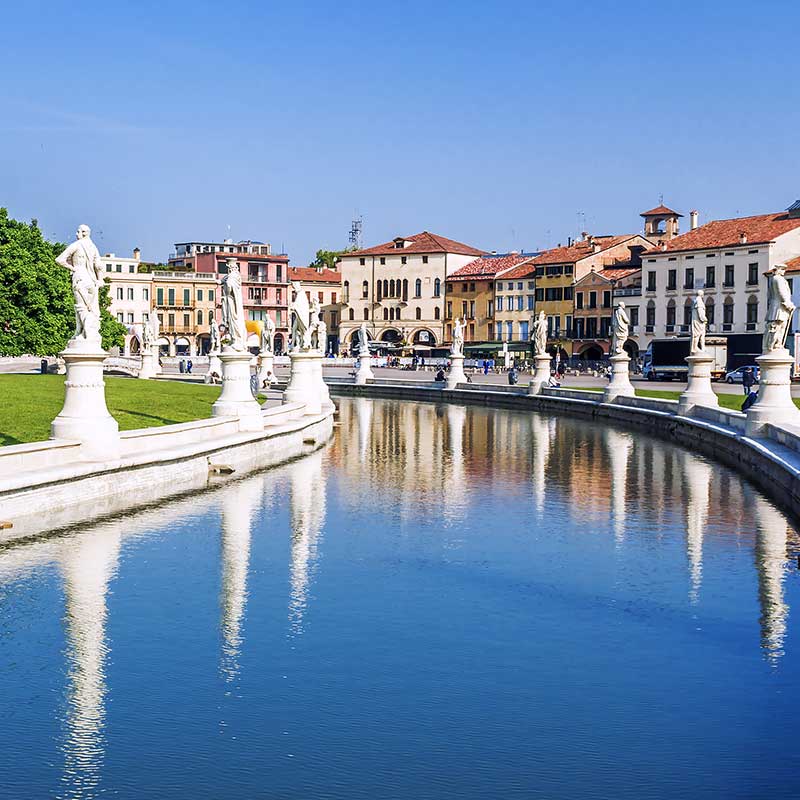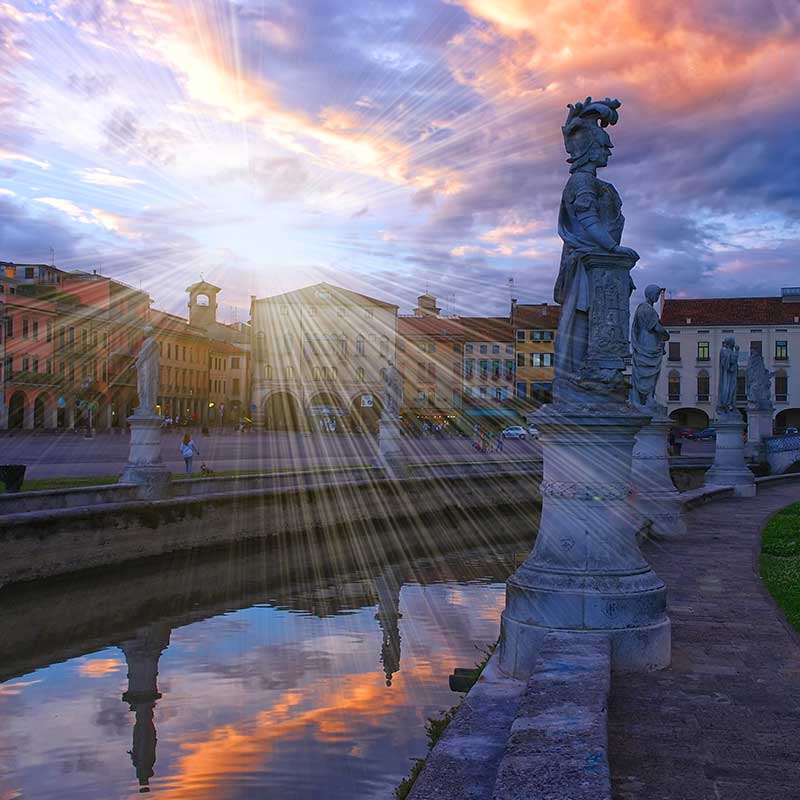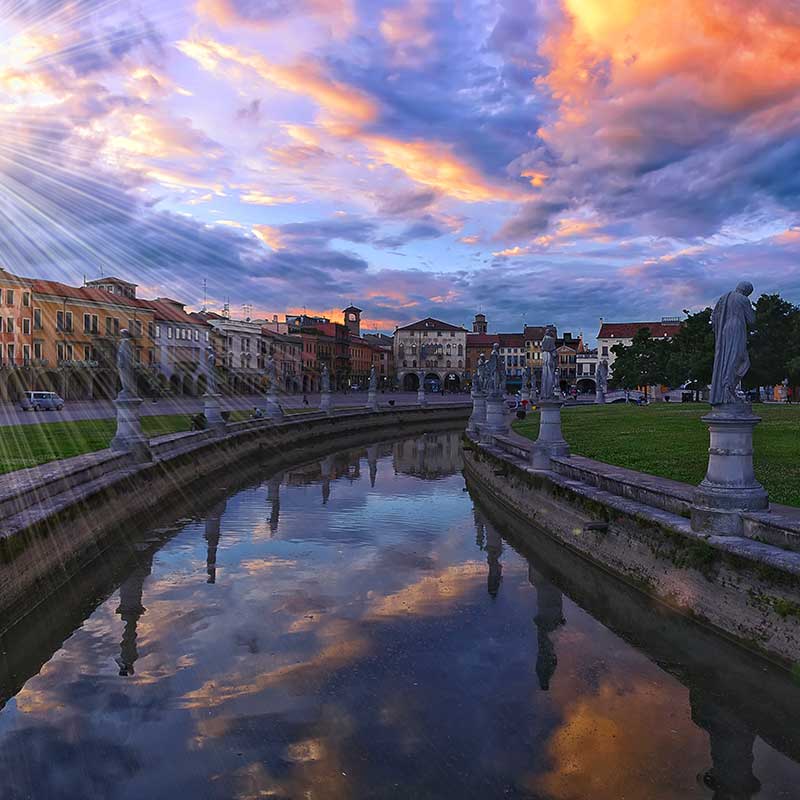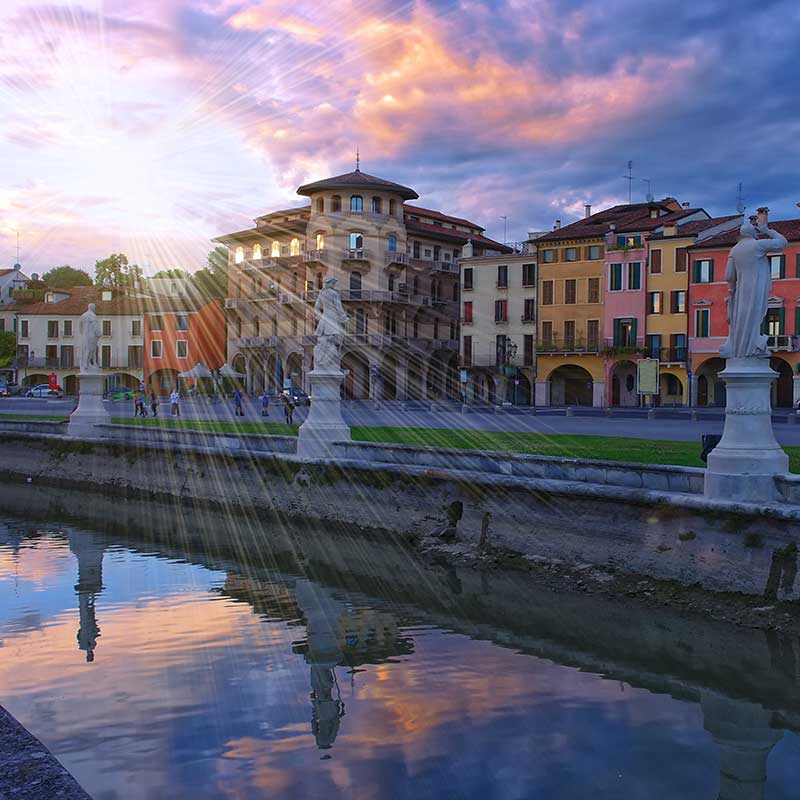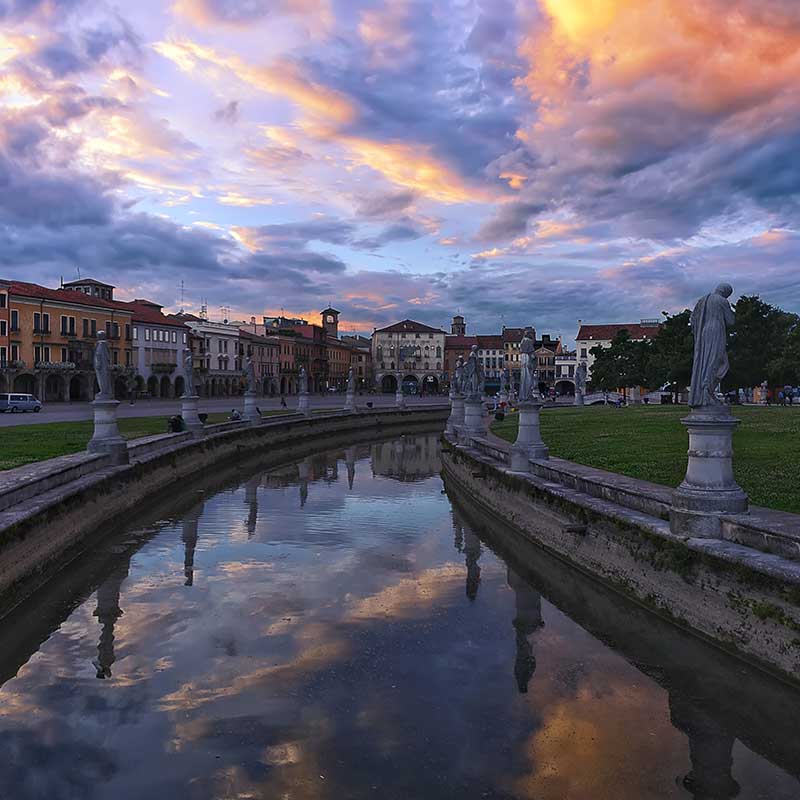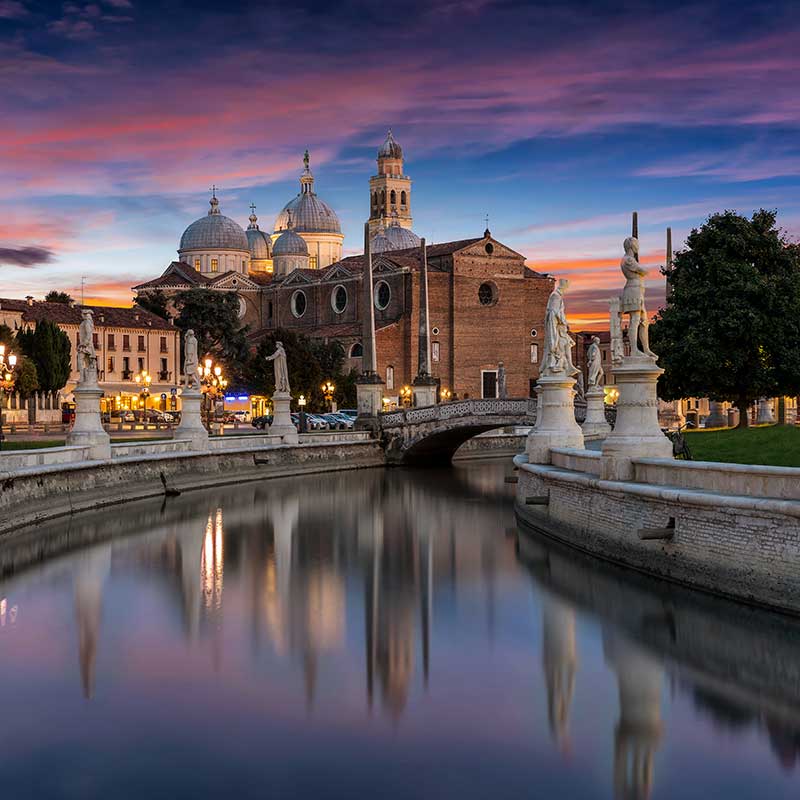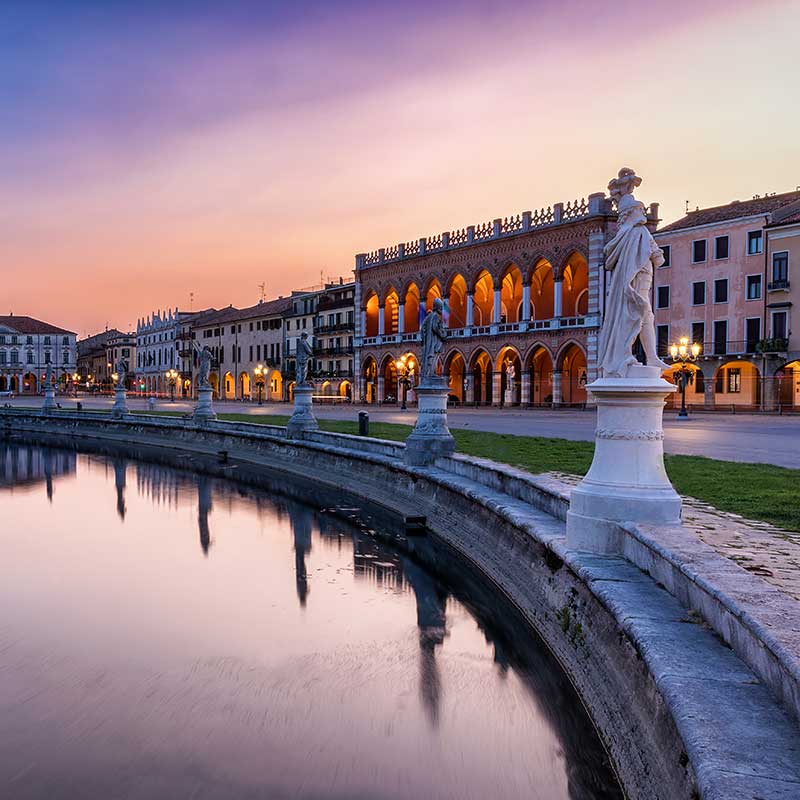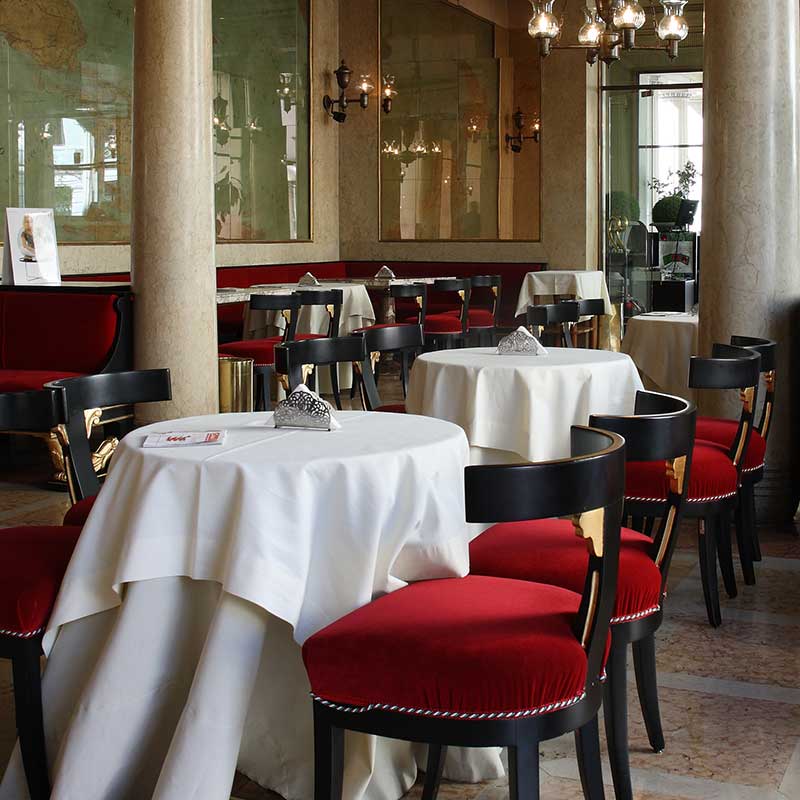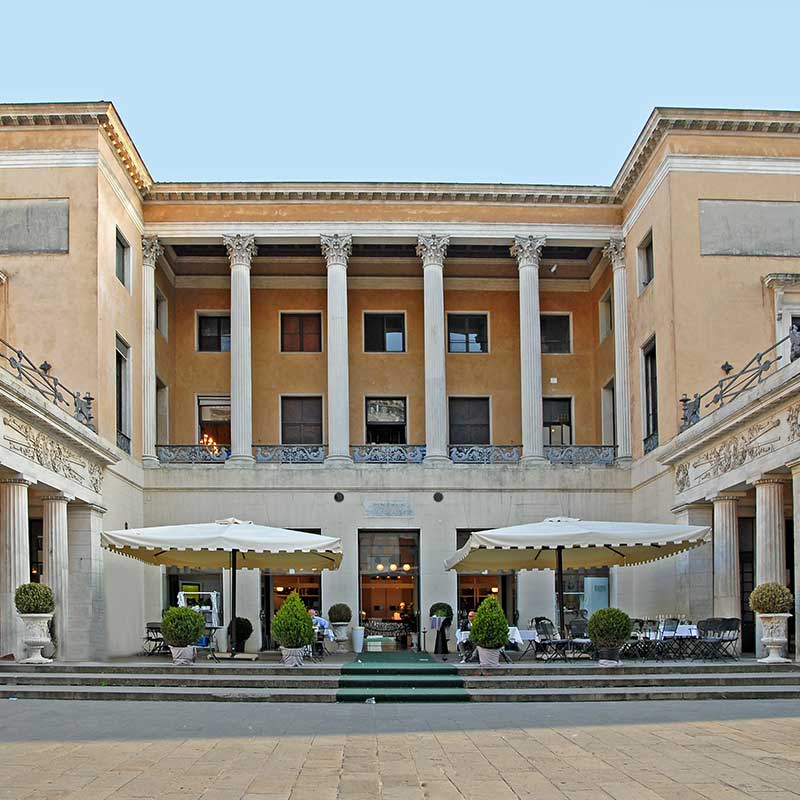The City of Padua .
Padua (or Padova in Italian) is one of the most charming and dynamic towns in Italy.
The historical centre boasts a wealth of medieval, renaissance and modern architecture; here a fascinating mix of historic and new, of centuries-old traditions and metropolitan rhythms creates a unique atmosphere.
The medieval palaces, churches and cobbled streets emanate a sense of history and culture, the shops, markets and locals, a sparkling vitality and vibrant modern life.
Surrounded by the Euganean Hills and crossed by several waterways, Padova is a city that blends historical tradition and culture with burgeoning business and service industries.
Its central position makes it perfect for reaching Venice and its beach resorts, the Dolomites, Lake Garda, and the spa resorts of Abano and Montegrotto Terme.
Almost 500.000 tourists visit Padova each year to marvel at its art and fine heritage of architecture and museums. Its squares, porticoes and old cobbled streets tell the story of a wealthy, beautiful medieval town renowned for its art and culture.
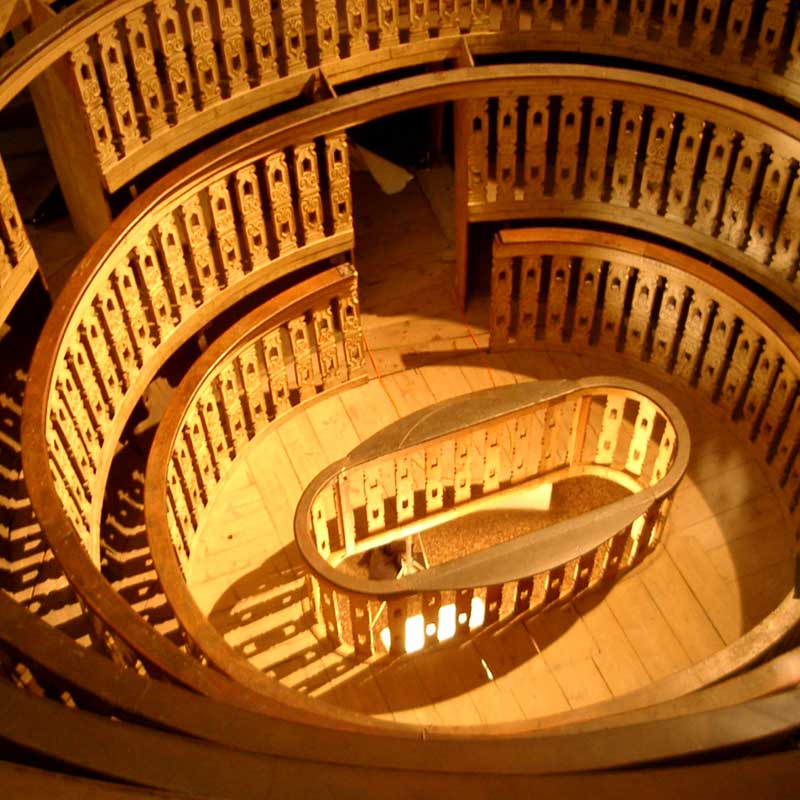
Teatro Anatomico
Dating from the 16th century is the world’s first permanent anatomical theatre (“teatro anatomico” in Italian).
1446 is the date on the earliest documents mentioning the use of anatomical theatres made of wood, which were erected and dismantled as needed for public dissections.
Palazzo della Ragione
Construction of this enormous building – the Palace of Reason, or simply Il Salone (Great Hall) – was begun in 1218.
Originally conceived as the civic and economic centre of the city, its upper floor was used as a court of law until the fall of the Venetian Republic in 1797.
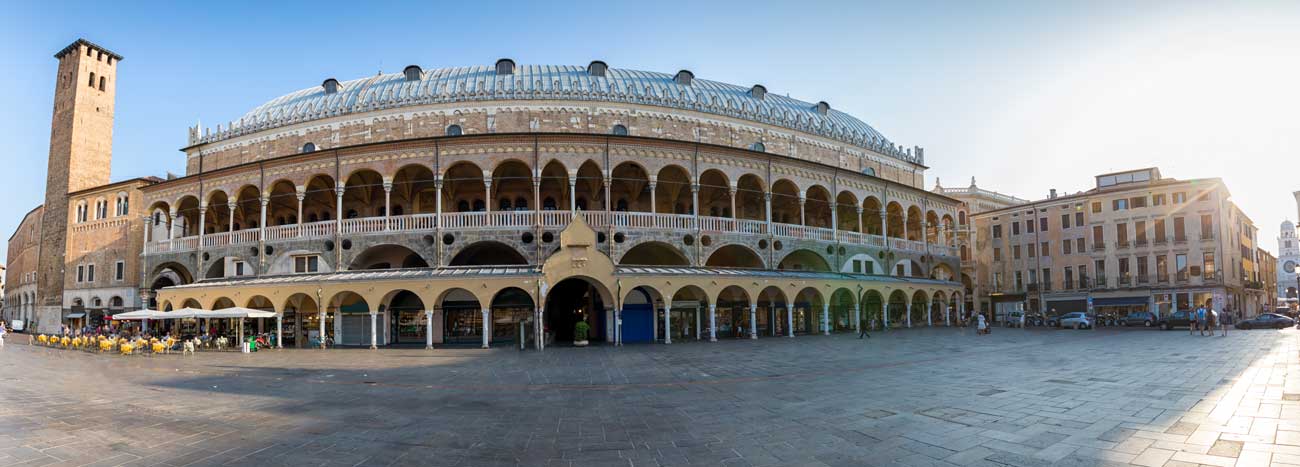
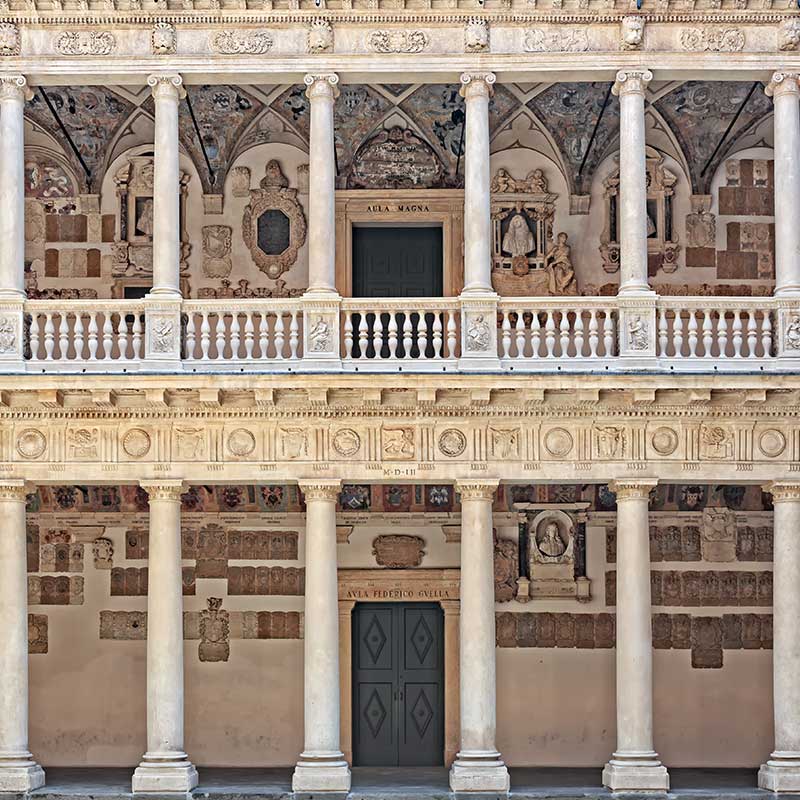
Palazzo Bo
Owned by the University and its main premises since the 16th century, Palazzo Bo was once an inn, known as the Hospitium bovis (the Ox’s Stable).
These premises were extended over the centuries until their completion in 1938-1942 with the construction of the New Courtyard by the architect Fagiuoli.
The walls of the Old Courtyard are decorated with many painted and sculpted coats-of-arms of rectors and councillors.
Basilica di Sant'Antonio
In the Padovan tradition, St. Anthony is “the Saint” par excellence, for he is the patron saint of the city.
The Basilica is visited every year by millions of pilgrims from all over the world.
It contains masterpieces by Donatello, Altichiero da Zevio (in the Oratory of St. George nearby) and Titian (in the Scuola del Santo).
The Scrovegni Chapel
The Scrovegni Chapel cycle of frescoes is considered one of the greatest art masterpieces of the Italian and European 14th century painting.
It is the most complete and best preserved cycle of frescoes painted by the Tuscan master Giotto.
Colours and light, poetry and pathos. God and Man.
Nature and History, Human feelings and Faith mix together in a unique and inimitable style, which totally transformed the language of Western art.
Prato della Valle
The largest square in Padova and perhaps in the whole of Europe.
The architect Andrea Memmo, worked on a grand scale, and created first an elliptical island surrounded by a canal, crossed by two avenues with obelisk-decorated bridges spanning the canal and a fountain in the centre; lastly, he surrounded the whole with 78 (originally 87) statues of famous figures of antiquity.
This grand space is now a great centre of attraction with its highly popular Saturday market.
Caffè Pedrocchi
Caffè Pedrocchi was completed in 1831.
Since its foundation, students were able to meet in the Sala Verde (Green Room) without having to buy drinks.
One wall of the adjacent Sala Bianca (White Room) has a bullet hole left by an Austrian rifle during the student riots of 1848, recalling the originally highly animated atmosphere of this coffee-house, a meeting point for students and professors.

